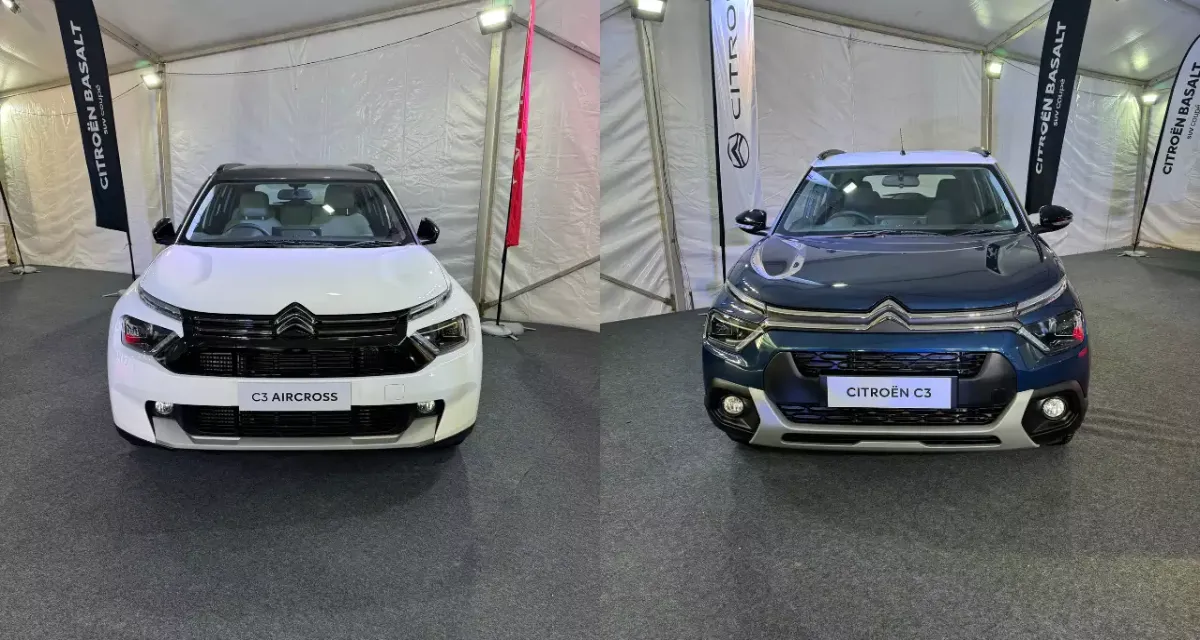

The market of automobiles in India has been growing year by year and the number of car models available in the market is huge and varies from economy to luxury segment. The decision to make when purchasing a car in India is which variant to go for is a major one that most consumers make. Most manufacturers have their models in multiple versions, which may differ in capabilities, prices, or bundles of characteristics.
Depending on the chosen option of a basic, medium, or premium version, dynamic characteristics and the utility of the car, its cost/quality ratio, and even satisfaction with the purchase in the future may differ significantly. Here in this blog, will try to understand the Indian car buyer and the factors that go into his decision when choosing a specific variant of a car.
Car variants refer to the different versions of a particular car model, each offering a distinct set of features and specifications. Understanding these variants helps buyers choose the one that best aligns with their needs and preferences. Before diving into consumer preferences, it's essential to clarify the distinction between base, mid, and top variants.
Base Variant: This is the entry-level model, offering basic features and functionalities. It typically focuses on core performance and safety aspects, with minimal frills.
Mid Variant: Positioned between the base and top variants, the mid variant strikes a balance between affordability and features. It often includes essential comfort and convenience features, making it a popular choice.
Top Variant: The pinnacle of luxury and technology, the top variant boasts an extensive array of features, premium materials, and advanced functionalities. It caters to discerning buyers seeking the ultimate driving experience.
When choosing a car variant, several key factors come into play. These include budget, feature preferences, safety requirements, and personal lifestyle needs. Understanding these factors can help buyers make an informed decision that best suits their circumstances. Several factors come into play when deciding on a car variant in India. Let's examine some of the most important ones:
Budget
The primary consideration for most car buyers is their budget. Base variants are generally the most affordable, while top variants come with a higher price tag due to additional features and premium components. Consumers must strike a balance between their financial constraints and the desired features.
Feature Preferences
Buyers have varying preferences when it comes to car features. Some prioritize safety, while others value infotainment and comfort. Base variants typically include essential safety features like dual airbags and ABS, while top variants offer advanced features like ADAS, sunroofs, and premium interiors. Consumers must evaluate their needs and preferences to determine the most suitable variant.
Long-term Ownership
The duration of car ownership is another crucial factor. Buyers who plan to keep their cars for an extended period may prefer top variants to avoid the car feeling outdated or lacking in features in the future. On the other hand, those who change cars frequently may opt for base or mid variants to save money.
Brand Loyalty and Perception
Brand loyalty and perception also play a role in variant selection. Consumers who trust a particular brand may be more inclined to choose a top variant to get the best experience. Additionally, some buyers may choose a top variant to project a certain image or status.
Seller’s Market: With car prices at an all-time high, manufacturers no longer need to undercut each other. For instance, the Maruti Vitara Brezza’s transition from a budget-friendly to a premium model illustrates this shift.
Feature-Rich Offerings: Manufacturers like Hyundai and Kia offer a wide range of features across variants, enhancing their appeal to different customer segments.
Adequately-Equipped Base Variants: Today, even base variants come with essential safety features and improved equipment levels.
Increasing Standard Features: Standard features such as multiple airbags and advanced safety systems are now included in base variants, ensuring higher safety standards across all variants.
Advantages:
More Affordable: The base variant is the most cost-effective option.
Basic Transportation Needs: It includes essential features for basic transportation.
Adequate Safety: Modern base variants come with sufficient safety features.
Disadvantages:
Lacks Premium Features: It does not include advanced or premium features.
May Feel Outdated: The base variant may become outdated quickly as technology advances.
Lower Resale Value: It may have a lower resale value compared to higher variants.
Advantages:
Balanced Price and Features: The mid variant offers a good balance between cost and features.
Comfortable Driving Experience: It includes most essential features for a comfortable driving experience.
Value for Money: It provides excellent value for money.
Disadvantages:
Missing Premium Features: It may lack some premium features available in top variants.
Lower Resale Value: The resale value might be lower than the top variant.
Advantages:
Comprehensive Features: The top variant offers the most comprehensive set of features and creature comforts.
Premium Driving Experience: It provides a premium driving experience with the latest technology.
Maintains Resale Value: It tends to maintain resale value better than lower variants.
Disadvantages:
Higher Cost: The top variant has a higher upfront cost.
Unused Features: It may include features that some buyers do not need or use.
The choice between base, mid, and top car variants is a complex decision influenced by various factors. Understanding individual needs, priorities, and budget is crucial in making an informed selection. While base variants offer affordability, mid variants provide a sweet spot between price and features, and top variants cater to luxury seekers. The Indian car market's diverse landscape ensures that there's a variant to suit every preference, making the car buying experience exciting and fulfilling.